31 Mexico Education Facts (all about school in Mexico)
Did you know that high school in Mexico is compulsory? Or that the grading system is not the same everywhere in Mexico?
Discover everything through these 31 interesting Mexico education facts! 🇲🇽 🎓
The Best Facts About Schools in Mexico
Mexico is a huge Spanish-speaking country. It is located in the southern part of North America, and it is bordered by both the Pacific ocean and the Caribbean sea. Its capital city is Mexico City, which has over 9,200,000 inhabitants (but more than 21,804,000 people live in Mexico City if you count the metropolitan area!).
An interesting part of the country that I wanted to tackle is its education. In light of that, I have listed my 31 best facts about Mexico schools, and I hope you will love them:
1. Only 62 percent of Mexican students reach secondary school
While most Mexican children attend primary school, only 62 percent of them reach secondary school. This is mostly due to low education levels as well as poverty.
Non-governmental organizations like Mexicanos Primero fight to reform this system, but a lot still needs to be done.
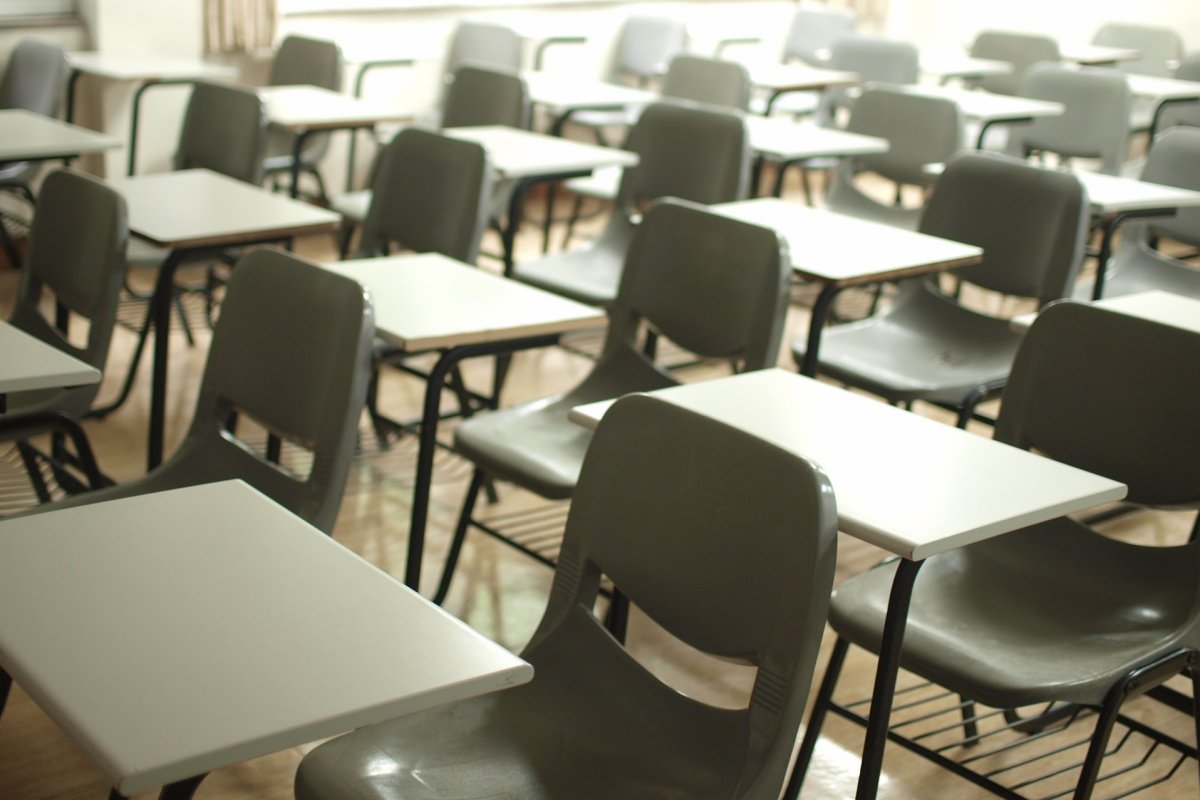
2. Mexico’s population has exploded, and this hurt its education system a lot
From 1950 to 2011, the number of Mexican students exploded: it went from 3 million to… 32 million!
With high fertility rates and the decline in mortality, Mexico’s population really went through the roof. Obviously, this is a severe hit to the Mexico school system, which needs to provide quality education to a huge amount of students.
3. Only 45 percent of Mexican students complete their secondary education
While not all Mexican students reach secondary school, a lot of them drop out afterward. About half of students drop out during secondary school, and around 29 percent of them pursue their education in higher institutes.
By contrast, 75 percent of U.S. students graduate from high school.
4. 5 percent of Mexico’s GDP is allocated to the educational sector
Compared to major economies, the fact that the Mexican government allocates 5 percent of its GDP to the educational sector is quite good.
However, with a high level of corruption in the country, the majority of this money does not translate into real improvements in schools.
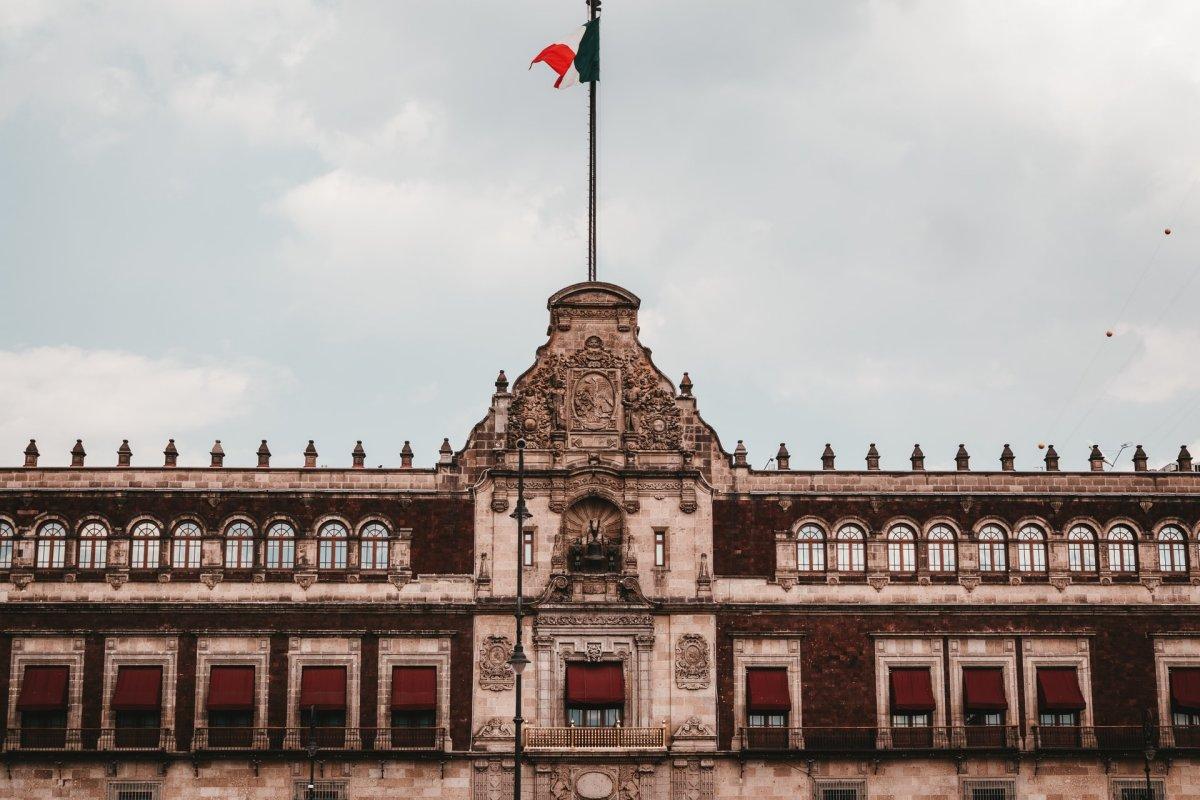
5. Mexican students perform poorly in international education tests
The Organization for Economic Cooperation and Development, better known as OECD, regularly runs education tests around the world.
Their latest study showed that Mexico performs very poorly: out of 65 industrialized countries, Mexican students ranked 46th in reading, 49th in mathematics, and 51st in science.
6. With education reforms, Mexico’s performance is still improving
Despite poor rankings, Mexico’s performance in OECD tests has only been getting better in the past few years.
Many practices like the selling of teachers’ posts were recently ended, but this progress is too slow to have much of an impact, according to experts.
7. Mexican schools are secular
The vast majority of Mexico’s population is Roman Catholic (82.7 percent). However, church and state are now separated, though that was not always the case.
This means that the teaching of religion is strictly prohibited in public schools. Private and parochial schools are options for devout students.
8. The Mexican education system faces many common challenges
Just like the American school system, education of Mexico faces a lot of challenges.
The most common of them is an uneven distribution of wealth, and a powerful upper class. Thus, whenever there is any funding, it is not always allocated where it is most needed.
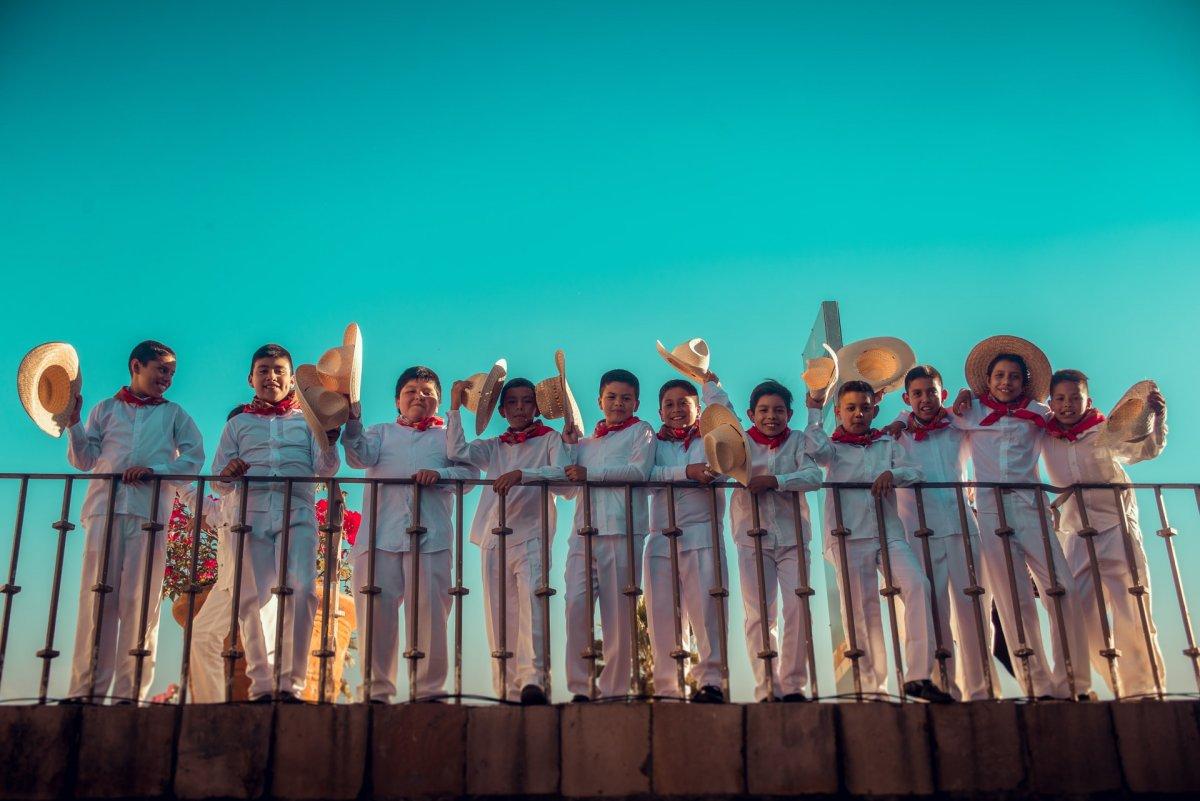
9. The Mexican education system also faces governmental corruption
Another really hard-to-solve issue in Mexico is the fact that the government is corrupted.
This is much more difficult to take care of for international organizations, as money does not always go where it should. The situation has become better and better in the past few years though.
10. High school is mandatory in Mexico
Up until high school, education is compulsory in Mexico.
Not only do students have different conditions, but they also cannot always enroll in university. Almost every Mexican university is in an urban area, and families living in the countryside cannot afford the cost of sending their children to the city.
11. Many universities were recently built in Mexico
Because of the high demand for education in the country, 100 new universities were recently built by the new president, Andrés Manuel López Obrador, who wanted to give access to higher education to every person.
Thanks to this, enrollments in tertiary education have more than doubled!
12. The tertiary enrollment rates are still quite low in Mexico
Despite the fact that Mexican tertiary enrollment rates recently went through the roof, they are still quite low compared to other major Latin countries like Brazil or Colombia.
This is because of capacity shortages, as well as disparities between urban areas in the center and north of the country and the southern states.

13. More than 60 languages are spoken in Mexico which makes it hard to educate everyone
Mexico is a very, very diverse country when it comes to ethnic groups and languages. In fact, there are more than 60 languages spoken all around the country, which is a problem for education.
Many various ethnic groups live in the South, a region neglected by the government: enrollment rates there are drastically low.
14. Many Mexican students choose to study abroad, mostly in the United States
Mexico sends many of its students to other countries on the continent, especially to the United States.
In only 17 years, from 2000 to 2017, the number of international degree-seeking Mexican students has more than doubled, going from 15,816 to 33,854!
15. Even though secondary education is compulsory, there are still many challenges in Mexico
Despite the fact that the Mexican government made high school compulsory for all children, in reality, it is more complicated than this.
Inadequate funding and administrative issues have prevented the implementation of this goal all around the country. This is again more important in rural areas.
16. The future of higher education in Mexico is a big challenge
Even though higher education enrollment rates are quite low in Mexico compared to many other countries, the country is still expected to be one of the top 20 countries in terms of tertiary students by 2035.
This means the government needs to adapt and expand its education facilities really quickly.
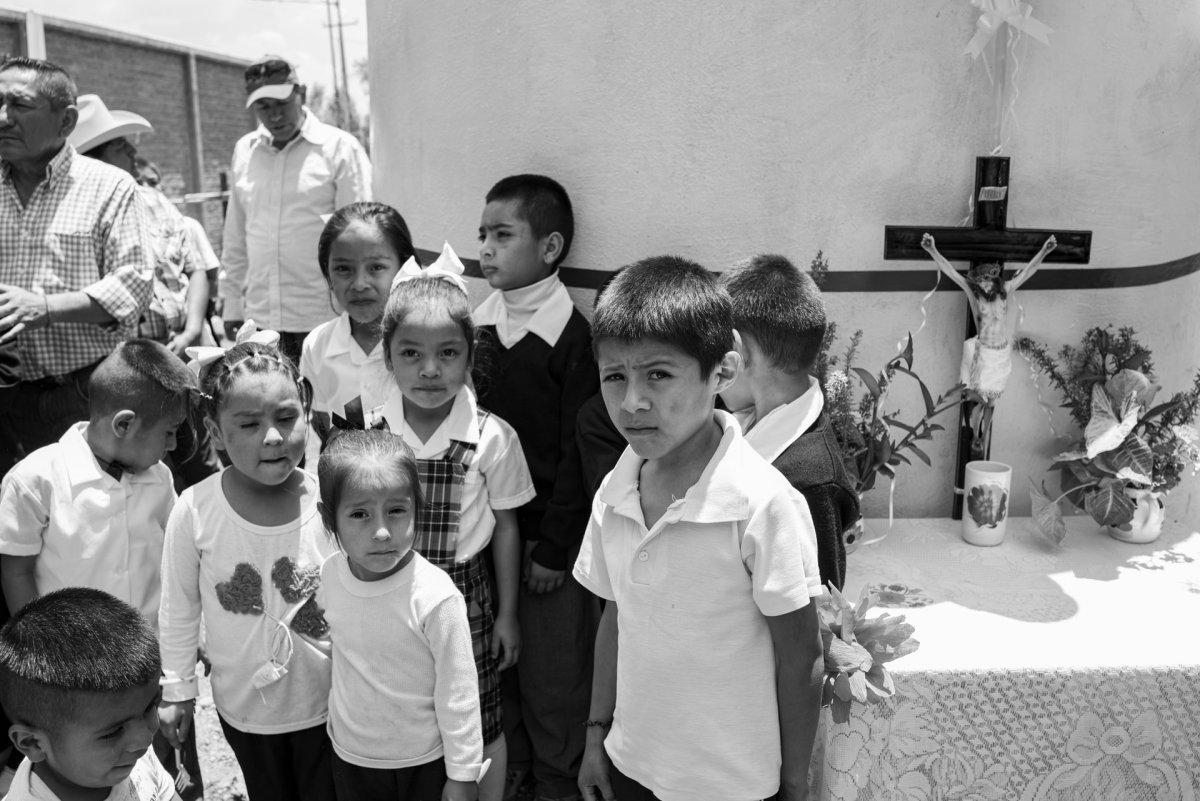
17. The Mexican National Teachers Union is powerful and corrupt
In Mexico, there is the biggest and most powerful union of teachers in the Americas, the National Teachers Union, or SNTE.
The previous President of Mexico, Enrique Peña Nieto, tried to raise standards for teachers (hiring, evaluation, and promotion) but had to face the resistance of SNTE.
18. Mexican youths face high unemployment rates
Not only is education in Mexico a big problem, but even after that, Mexican youths have to deal with very high unemployment rates.
Young people are twice as unemployed as the rest of the overall working age population in Mexico: in 2018, 827,324 of them were unable to find a job, even with a secondary and/or a tertiary degree.
19. The central Mexican government’s role in education has decreased since 1992
In 1992, the Mexican school system was decentralized. Since then, the role of the central government in education has been steadily decreasing.
More and more schools became autonomous, and the administration of more schools was transferred to the state governments.
20. There is no nationwide credit system in Mexico
Unlike many countries, Mexico does not have a statewide credit system for its students. More than the others, private schools do not indicate credits on their academic transcripts.
A new credit system was put forward in 2007 by Mexico’s Association of Universities and Higher Education Institutions though.
21. The new credit system takes a long time to be implemented around Mexico
Just like every reform, it takes a lot of time for everyone to be involved in Mexico.
It is the same when it comes to the new credit system: it defines 1 credit as 20 hours of learning and requires students to have at least 180 to 280 credits to graduate, but not all public institutions use it yet.
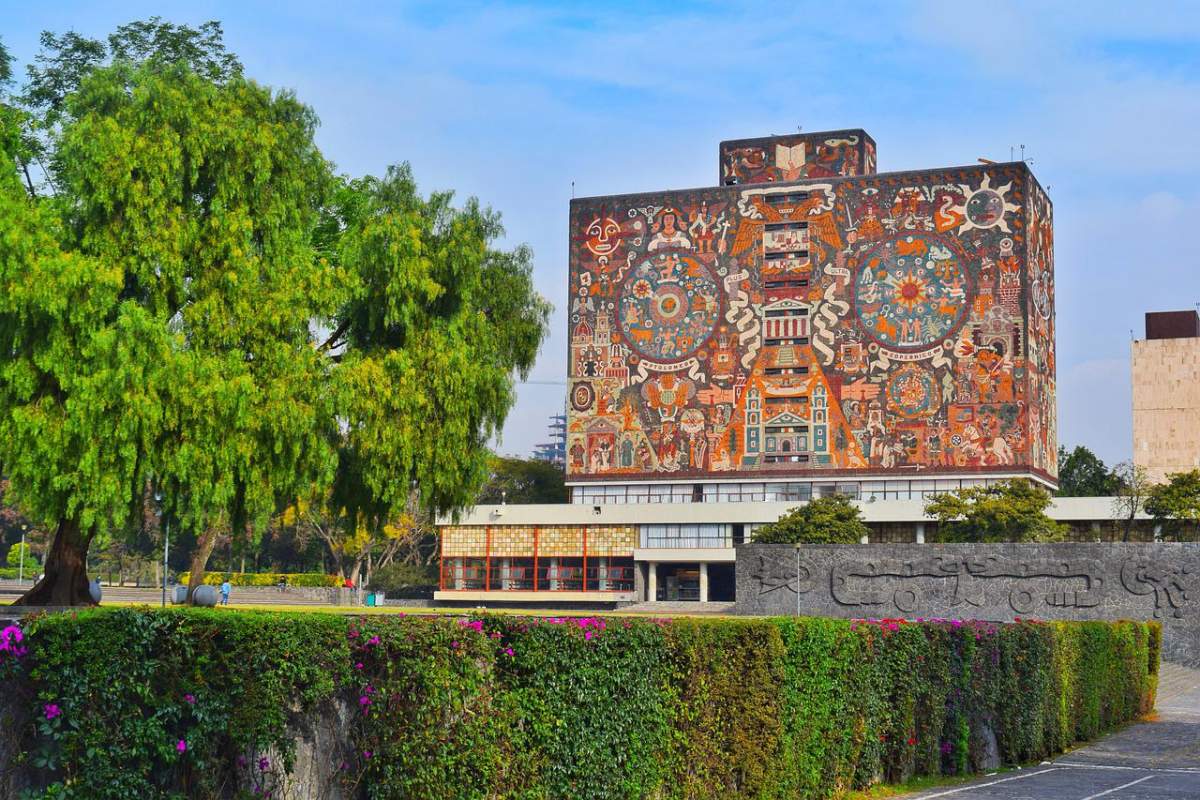
Universidad Nacional Autónoma de México
And that is it for the best 21 interesting facts about Mexican schooling…. Wait, did I say 21? Oh yes, because there are 10 more of them, coming right up:
More Facts About Mexican Schools
There are so many things to say about Mexico education system that I just could not stop after only 21 facts.
Here, have 10 more schools in Mexico facts:
22. Even grades are different depending on where you are in Mexico
Every Mexican school, since it is autonomous, decides on its own grading system. And because of that, it is not the same all around the country.
The most common scales are 0 to 10 and 0 to 100, while 7 or 70 are the passing grades for many undergraduate levels. Other schools choose 6 and 60 or 8 and 80 as passing grades.
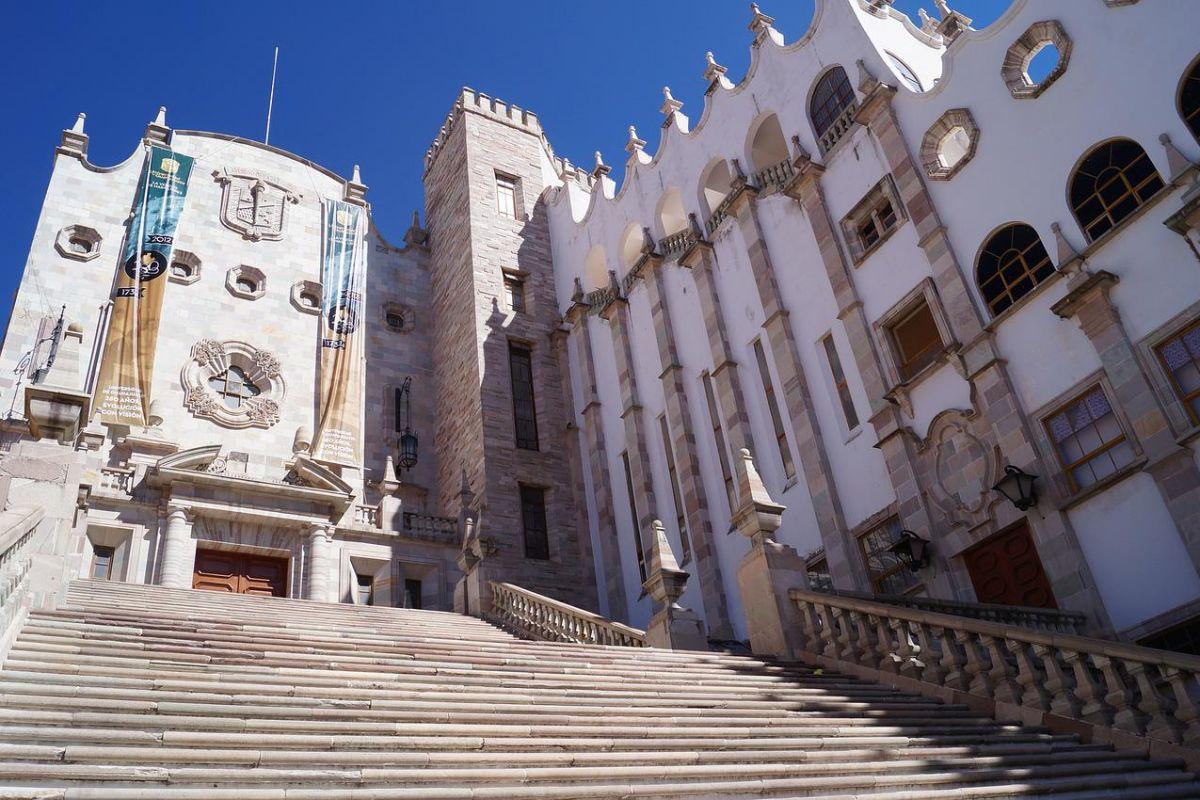
Universidad de Guanajuato, Mexico
23. There are four types of degrees in Mexico
Mexican graduates have access to four possible types of higher educational degrees: short associate degree-type qualifications, bachelor’s degrees, master’s degrees, and doctoral degrees.
Almost all Mexican students (89 percent) are enrolled at the undergraduate level, also known as “licenciatura”. This includes teacher training programs as well.
24. Associate degrees are new in Mexico
The first type of degree one can be awarded in Mexico is shorter vocational-technical programs.
These are relatively new in the country, and they are offered by technical institutes. They usually last 2 years, even though some in-depth programs can consist of 3.
25. Associate degrees are designed to be terminal qualifications for employment
When Mexican students graduate from an associate program, they will be awarded the credential of university higher technician (“Técnico Superior Universitario”) or professional associate (“Profesional Asociado”).
These programs are made to be terminal qualifications for employment, but some institutes provide advanced programs to complement them.
26. The Master’s degree is called “Grado de Maestro” in Mexican
After the Bachelor’s program comes the Master’s one in Mexico: to attend the latter, a bachelor’s degree is required.
Most of the time, it consists of 2 years, and it requires the completion of course work and usually a thesis.
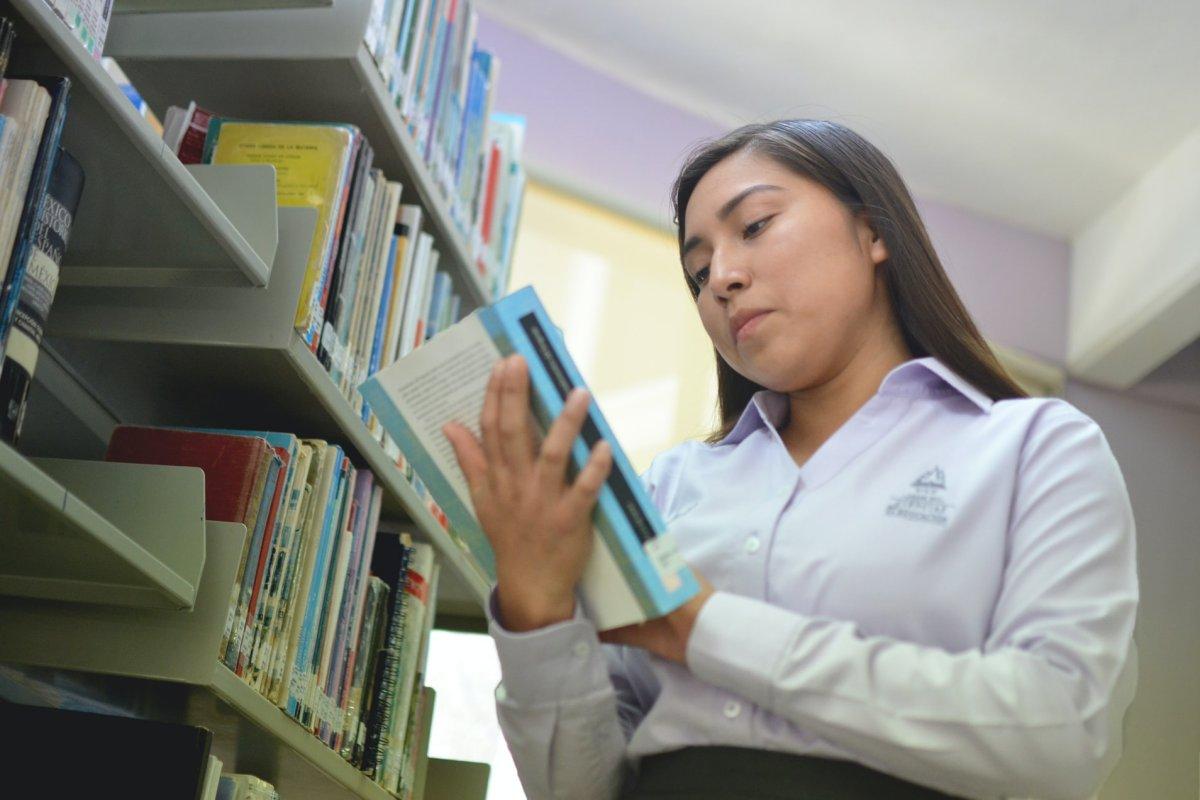
27. The graduate level is not demanded by students in Mexico
When it comes to the undergraduate level in Mexico, the vast majority of Mexican students participate.
However, starting at the graduate level, enrollment rates suddenly become drastically low. This is mainly due to tuition fees for graduate programs being much higher than the others.
28. There is another type of short postgraduate program in Mexico: specialist
While Specialist (“especialista”) programs are similar to Master’s programs, they have more applied curricula. Some students follow a Specialist program for the first year of their Master’s program.
In these programs, completion of course work is mandatory, but a thesis is not.
29. Doctorates are called “Doctorado” and last 2 years in Mexico
Doctoral programs are the final step of the education system in Mexico.
They consist of two years and are made of course work as well as original research, concluded by the defense of a dissertation. To be admitted, students need to have a Master’s degree in a similar field.
30. Mexican teachers are trained in specific state colleges
Every teacher in Mexico is required to hold an undergraduate qualification at least.
All of them are trained at dedicated institutes: “escuelas normales superiores”, which are teacher training colleges. There, programs last 4 years, and completion of secondary education is mandatory for admission.
31. There are also many gender differences in Mexico
On top of all challenges the country already has to face, Mexico needs to solve its gender differences in education as soon as possible.
Indeed, women are usually deterred from receiving an education, and rather pressured to marry at a young age.
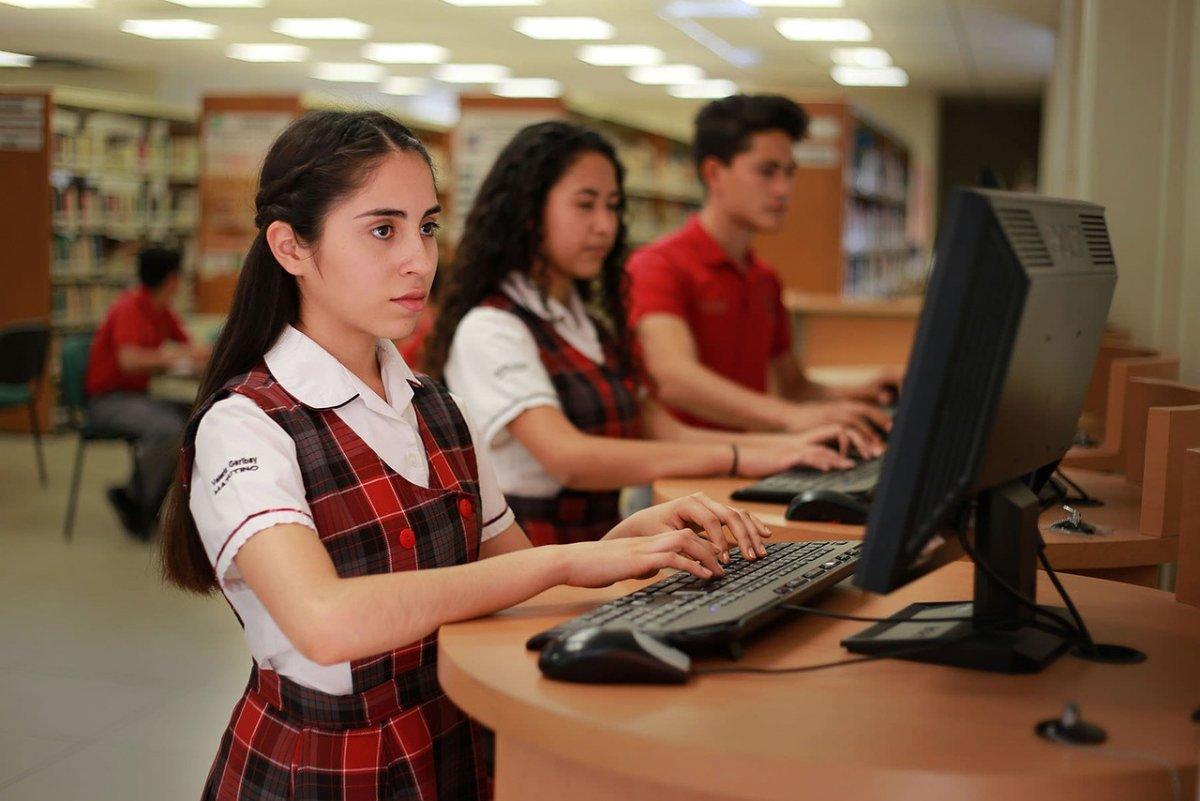
So there you have them, these were all my 31 interesting facts about the school system in Mexico. I hope you enjoyed them and that you learned something new today.
In case you want to learn more about the rest of the country, feel free to keep reading, as I still have lots of things to tell you about:
Mexican School Hours
Let’s keep going with our next part, dedicated to Mexican school hours. The typical school schedule in one country can often be very different from your own, and it’s always interesting to have more details on how students go on about their day.
Mexico Primary School Schedule
Mexican primary education in its current form became compulsory in 2009, for students aged 6 to 12.
Basic education is free of charge, and there is one year of mandatory preschool education.
The Mexican curriculum is standardized and includes Spanish, mathematics, natural sciences, history, geography, art and physical education.
Quality is monitored by the National Institute for Assessment of Education.
The Mexican school year typically runs from August to the beginning of July, and each school day generally starts at 8 AM and finishes at 1 or 2 PM.
There are 3 school holidays: in December, in March, and in summer.

Mexican High School Schedule
Secondary education is divided into two levels in Mexico: lower secondary education and upper secondary education.
Lower secondary education, or middle education, is equivalent to grades 7 to 9. There, education is free and students can choose to join either an academic or a technical track.
Upper secondary education is equivalent to grades 10 to 12. These are very varied, and usually prepare students for university.
General Facts About Schooling in Mexico
This last part is dedicated to general facts about schooling in Mexico. More specifically, we’ll check 2 key figures that will give you a better understanding of the education level in Mexico.
Enrollment in tertiary education for Mexico: 29.21%
(Average for regions: Sub-Saharan Africa: 8.6% | South Asia: 20.8% | Arab States: 36.4% | East Asia: 36.5% | Latin America: 43.3% | Europe and Central Asia: 62% | North America: 84%)
Data from World Bank EdStats/UNESCO
Mexico literacy rate: 95%
(Average for regions: Sub-Saharan Africa: 65.3% | South Asia: 72.9% | Arab States: 79.4% | Latin America: 93.7% | East Asia: 95.8% | Europe and Central Asia: 98.5%)
Data from World Bank EdStats/UNESCO
More Education Facts!
Did you enjoy these Mexico schools facts? Check out these education facts about other countries:
Or click here to see ALL the education facts up on the blog!
The Full List of 31 Mexican School Facts
- Only 62 percent of Mexican students reach secondary school
- Mexico’s population has exploded, and this hurt its education system a lot
- Only 45 percent of Mexican students complete their secondary education
- 5 percent of Mexico’s GDP is allocated to the educational sector
- Mexican students perform poorly in international education tests
- With education reforms, Mexico’s performance is still improving
- Mexican schools are secular
- The Mexican education system faces many common challenges
- The Mexican education system also faces governmental corruption
- High school is mandatory in Mexico
- Many universities were recently built in Mexico
- The tertiary enrollment rates are still quite low in Mexico
- More than 60 languages are spoken in Mexico which makes it hard to educate everyone
- Many Mexican students choose to study abroad, mostly in the United States
- Even though secondary education is compulsory, there are still many challenges in Mexico
- The future of higher education in Mexico is a big challenge
- The Mexican National Teachers Union is powerful and corrupt
- Mexican youths face high unemployment rates
- The central Mexican government’s role in education has decreased since 1992
- There is no nationwide credit system in Mexico
- The new credit system takes a long time to be implemented around Mexico
- Even grades are different depending on where you are in Mexico
- There are four types of degrees in Mexico
- Associate degrees are new in Mexico
- Associate degrees are designed to be terminal qualifications for employment
- The Master’s degree is called “Grado de Maestro” in Mexican
- The graduate level is not demanded by students in Mexico
- There is another type of short postgraduate program in Mexico: specialist
- Doctorates are called “Doctorado” and last 2 years in Mexico
- Mexican teachers are trained in specific state colleges
- There are also many gender differences in Mexico
Share the knowledge! Click on the buttons below to share these facts about education in Mexico with your friends, and help them learn more about the world 🙂



